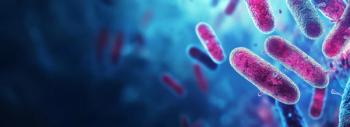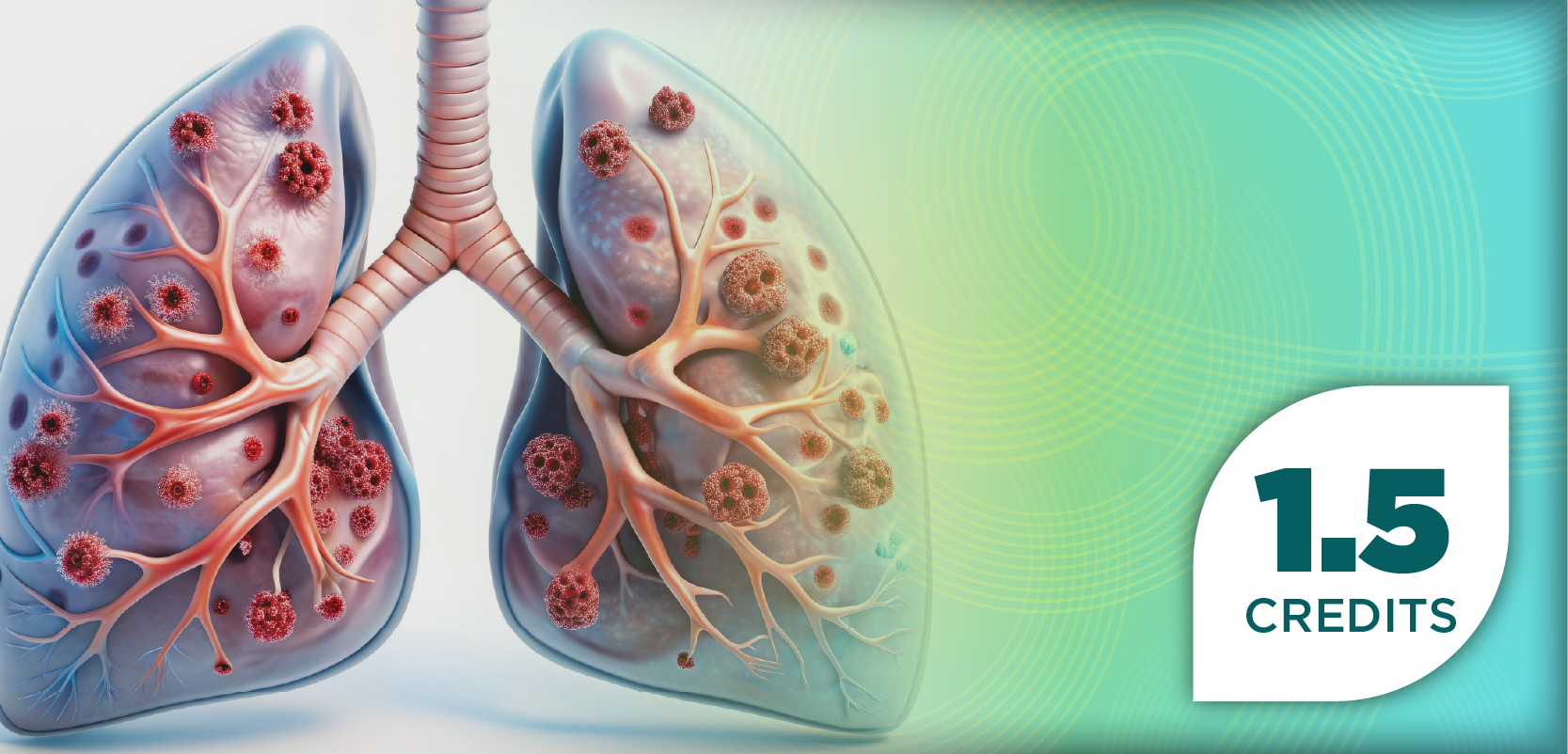
- Volume 0 0
compounding HOTLINE
Mr. Erickson is director of professional affairs at Gallipot Inc.
Where can I obtain powdered food coloring foruse in compounding?
Food coloring as a descriptive class is notapproved for use in pharmaceutical compounding;however, drug and cosmetic (D&C) and food, drug,and cosmetic (FD&C) dyes are allowed. Colorants are uniquecompounds from a legislative and regulatory standpoint:most countries maintain positive lists of colorants suitablefor use in food, drugs, cosmetics, or in more than 1 of theseclasses.
Following are several examples of FD&C colorantsapproved for use in the United States. Please note: Wherethe words Alum Lake are used, the dye is insoluble; in compoundedpreparations it is used most often as an excipientin capsule formulations as a visual aid to verify uniformity.The other dyes are water-soluble. Either type can be used tomake a preparation more appealing to the patient and henceimprove adherence.
Examples of Approved Colorants
- FD&C Blue #1 (Brilliant Blue FCF) Alum Lake
- FD&C Blue #1 CI 42090
- FD&C Blue #2 (Indigotine) CI 73015
- FD&C Green #3 (Fast Green FCF) CI 42053
- FD&C Red #3 (erythrosine) CI 45430
- FD&C Yellow #5 Alum Lake
- FD&C Yellow #5 (tartrazine*) CI 19140
- FD&C Yellow #6 (Sunset Yellow FCF) Alum Lake (looks orange)
- FD&C Yellow #6 CI 15985 (looks orange)
*Tartrazine-containing prescription drugs for human use are required to bearthe statement: "This product contains FD&C Yellow #5 (tartrazine) which maycause allergic-type reactions (including bronchial asthma) in certain susceptiblepersons."
The incidence of this sensitivity in the general population is low, but aspirin-sensitivepatients seem most likely to exhibit tartrazine hypersensitivity.
E-mail your compounding questions to linkEmail('compounding','PharmacyTimes.com').
Articles in this issue
about 15 years ago
TEST TITLEalmost 18 years ago
Gout: A Big Pain in the Big Toealmost 18 years ago
can you READ these Rxs?almost 18 years ago
Case Studiesalmost 18 years ago
ASTHMA WATCHalmost 18 years ago
CHOLESTEROL WATCHalmost 18 years ago
ARTHRITIS WATCHalmost 18 years ago
DIABETES WATCHalmost 18 years ago
WOMEN'S HEALTH WATCHalmost 18 years ago
pharmacy TECHNOLOGY productsNewsletter
Stay informed on drug updates, treatment guidelines, and pharmacy practice trends—subscribe to Pharmacy Times for weekly clinical insights.


















































































































































































































